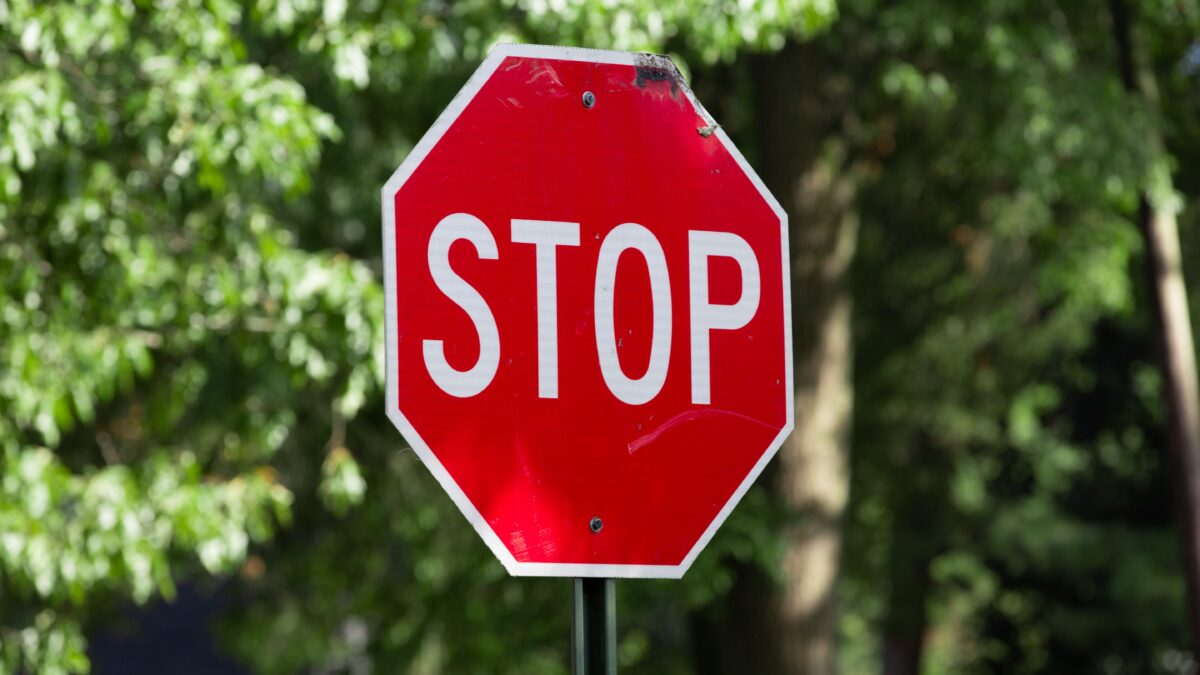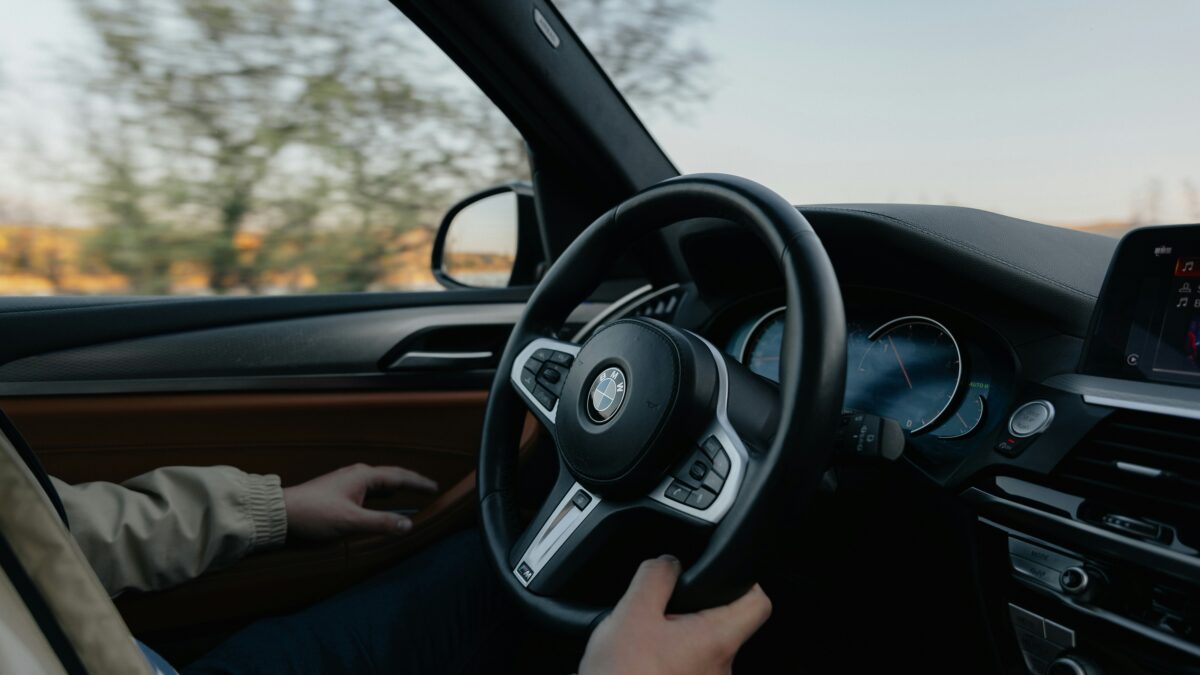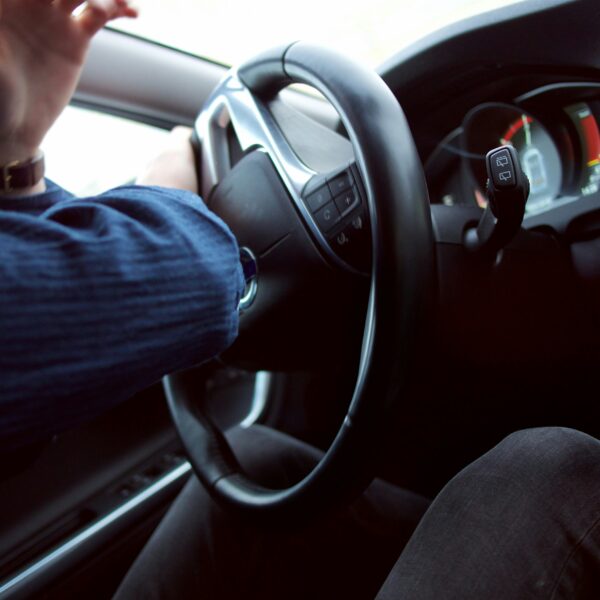SUVs Pose Greater Risk to Cyclist Safety Than Cars
Cyclist safety is always a major concern for drivers and safety organizations across the globe. However, a recent study by the IIHS confirms the type of cars you drive can have a significant impact on the extent of injuries a cyclists may suffer following a crash. Turns out, SUVS are more lethal to cyclists due to the higher point of impact. Not only that, the degree of injuries are typically more severe.
Reasons why SUVs are more dangerous
SUVs (Sport Utility Vehicles) can potentially pose greater risks to cyclists compared to smaller vehicles for a number of reasons. Here are the most logical reasons why SUVs can be more dangerous:
Size and visibility:
SUVs are generally larger and taller than standard passenger cars. This increased size can create larger blind spots for the driver, making it more difficult to see cyclists, especially when they are riding alongside or behind the vehicle.
Higher bumper height:
SUVs often have higher bumper heights, which can lead to more severe injuries in the event of a collision with a cyclist. The elevated bumper height may result in the cyclist being struck at a higher point on their body, increasing the risk of head or upper body injuries.
Vehicle weight:
SUVs tend to be heavier than smaller vehicles. In the event of a collision with a cyclist, the added weight can result in greater impact force, potentially causing more severe injuries.
Aggressive design:
Some SUV models have a more aggressive design, with larger grilles and higher hoods, which can increase the risk of a cyclist being caught or dragged under the vehicle in a collision.
Driver behavior:
SUV drivers may have a false sense of security due to the size and weight of their vehicles, leading to a higher likelihood of engaging in risky behaviors such as speeding or not yielding to cyclists.
It’s important to note that not all SUVs are inherently dangerous to cyclists, and driver behavior and awareness play significant roles in preventing accidents. However, the characteristics mentioned above can contribute to an increased risk when SUVs interact with cyclists on the road.
To mitigate these risks, efforts should focus on educating both SUV drivers and cyclists about road safety, enhancing cyclist visibility, improving infrastructure, and promoting mutual respect and understanding between all road users.
 How to Improve Cyclist Safety
How to Improve Cyclist Safety
Improving cyclist safety on roads is crucial for promoting active transportation and reducing accidents. Here are several ways to enhance cyclist safety:
Improved road design
Implement road designs that accommodate the needs of cyclists, such as adding bike lanes, bike boxes at intersections, and clear signage indicating shared roadways.
Stricter enforcement of traffic laws
Increase enforcement of traffic laws, including laws specific to cyclist safety, such as maintaining a safe passing distance and yielding right-of-way. This helps deter dangerous behavior and reinforces the importance of road safety.
Promote mutual respect
Foster a culture of mutual respect between cyclists and motorists. Encourage understanding, patience, and courteous behavior among all road users.
Technological solutions
Explore technological advancements like smart infrastructure, vehicle-to-vehicle communication, and sensors to detect cyclists and provide early warnings to both drivers and cyclists.
Enhanced visibility
Encourage cyclists to wear high-visibility clothing and use front and rear lights, especially during low-light conditions. Promote reflective gear to make cyclists more visible to drivers.
Overview on cyclist safety and vehicles
In conclusion, ensuring cyclist safety on roads requires a multi-faceted approach involving infrastructure improvements, education, awareness, and behavioral changes. Creating dedicated cycling infrastructure, such as protected bike lanes, can significantly reduce the risk of collisions. Educating both cyclists and motorists about their rights and responsibilities on the road is essential for fostering a culture of mutual respect. Strict enforcement of traffic laws, including those specific to cyclist safety, helps deter dangerous behavior. Promoting visibility through high-visibility clothing and lights enhances cyclist safety, especially in low-light conditions.
Additionally, technological advancements and data analysis can contribute to identifying and addressing problem areas. Collaboration between government agencies, transportation planners, law enforcement, and advocacy groups is crucial for implementing effective measures and improving cyclist safety overall. By prioritizing cyclist safety, we can create a road environment that encourages and supports active transportation while minimizing the risks associated with cycling.















